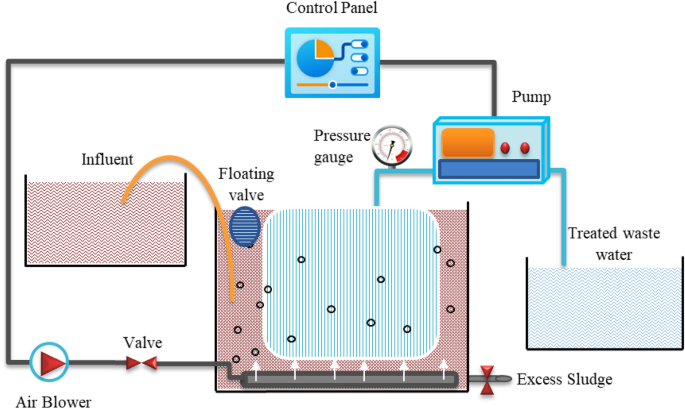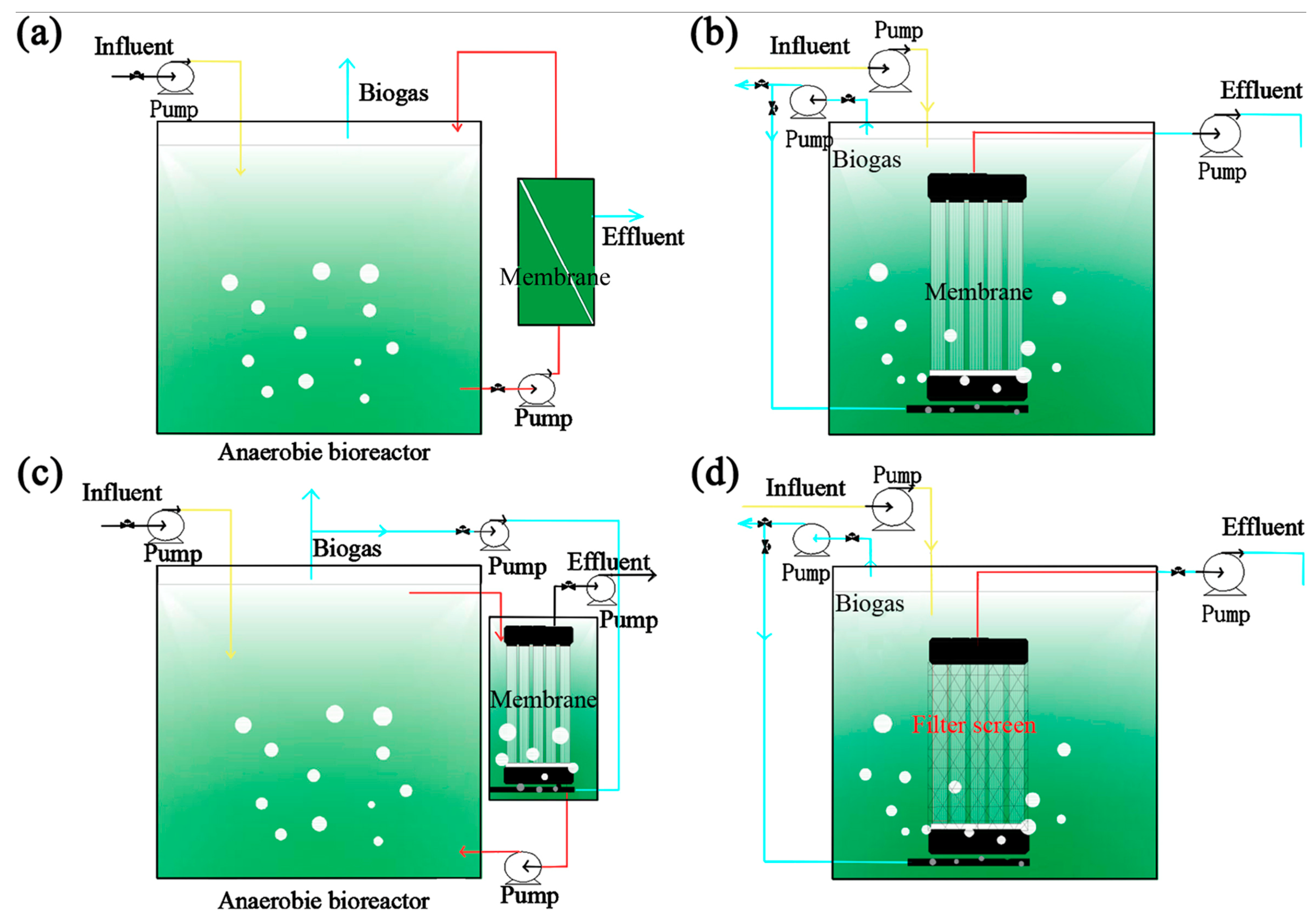Understanding the Basics of Membrane Bioreactor Systems for Wastewater Management
Understanding the Basics of Membrane Bioreactor Systems for Wastewater Management
Blog Article
How Membrane Bioreactors Are Reinventing Water Purification Solutions
The emergence of membrane bioreactors (MBRs) stands for a considerable development in the area of water filtration, merging organic treatment procedures with cutting-edge membrane filtration innovations. This combination not only improves the high quality of dealt with effluent however additionally addresses urban room constraints, making MBRs particularly appropriate for densely populated areas. As international water scarcity increases, the role of MBRs in promoting potable water reuse and sustainable water monitoring comes to be significantly critical. The ramifications of this innovation extend beyond effectiveness-- what obstacles and chances exist ahead for its widespread application?
Introduction of Membrane Layer Bioreactors
Membrane layer bioreactors (MBRs) stand for a substantial innovation in water purification modern technology, as they integrate biological treatment processes with membrane purification. This assimilation boosts the efficiency of wastewater therapy by utilizing bacteria to deteriorate natural pollutants while at the same time using semi-permeable membranes to separate cured water from suspended microorganisms and solids.
The MBR system commonly includes an organic activator where the microbial population metabolizes contaminants, adhered to by a membrane layer filtration device that keeps biomass and allows just tidy water to go through. This dual functionality leads to higher effluent high quality contrasted to conventional therapy techniques. MBRs can be run in both batch and continual flow modes, offering versatility in style and application.
They likewise allow the healing of water for reuse, hence contributing to water sustainability efforts. Generally, MBRs are at the forefront of improving water treatment effectiveness and high quality, showcasing the potential for innovative solutions in ecological administration.
Advantages of MBR Technology
The combination of organic treatment with membrane layer filtering supplies various advantages for water filtration processes. One of the main benefits of Membrane layer Bioreactor (MBR) modern technology is its ability to properly get rid of both inorganic and natural contaminants, resulting in premium effluent. The membrane layers act as a physical barrier, avoiding suspended solids and microorganisms from travelling through, which boosts the general safety and reliability of cured water.
Furthermore, MBR systems need a smaller sized impact compared to conventional treatment approaches, permitting for a lot more effective area utilization. This portable layout is especially beneficial in urban settings where land is restricted. MBRs likewise demonstrate functional versatility, fitting differing influent top qualities and flow rates without substantial performance degradation.
In addition, the procedure provides boosted nutrient elimination capabilities, specifically for nitrogen and phosphorus, which are important for stopping eutrophication in receiving waters. The lowered sludge production related to MBR modern technology likewise converts to reduce disposal costs, making it a cost-efficient option in the long run - Membrane Bioreactor. On the whole, the advantages of MBR modern technology placement it as a leading choice for cutting-edge and sustainable water filtration systems, addressing both ecological and financial worries
Applications in Water Filtration
Applications of Membrane Bioreactor (MBR) modern technology in water purification are impactful and diverse, resolving different therapy needs throughout multiple industries. MBRs successfully incorporate biological therapy processes with membrane purification, making them perfect for metropolitan wastewater treatment, industrial effluent administration, and also potable water reuse efforts.
In community settings, MBRs are progressively used to boost the top quality of dealt with wastewater, permitting compliance with stringent discharge policies and assisting in the recycling of water for watering and non-potable usages. Their small style likewise makes them appropriate for metropolitan atmospheres where area is limited.
Industrially, MBR innovation is used to treat process water and wastewater, particularly in sectors such as food and beverage, pharmaceuticals, and fabrics. By properly getting rid of impurities and put on hold solids, MBRs assist markets lessen environmental effects while recovering valuable resources from wastewater streams.
Moreover, MBRs are gaining grip in decentralized water therapy applications, where small systems can be deployed in remote areas or developing areas. This flexibility makes it possible for areas to accomplish sustainable water administration solutions, enhancing accessibility to tidy water while minimizing reliance on traditional therapy approaches.
Situation Studies and Success Stories

In another instance, a fabric production facility in Bangladesh adopted MBR modern technology to address its wastewater obstacles. The system minimized chemical oxygen need (COD) degrees from 1,200 like it mg/L to less than 100 mg/L, thus fulfilling regulative standards and dramatically reducing ecological effect.
The College of Cape Town's MBR installment has verified effective in dealing with greywater for non-potable reuse on university. This project not just conserves drinkable water yet likewise acts as an educational design for lasting practices.
In addition, a seafood processing plant in Norway made use of MBR technology to browse around here deal with effluents having high levels of raw material, achieving over 90% contaminant elimination. These study highlight MBR modern technology's flexibility and its crucial duty in enhancing water high quality throughout varied applications.
Future of Water Therapy Solutions
As global water shortage and contamination obstacles intensify, ingenious water therapy options are coming to be increasingly vital to make sure lasting accessibility to tidy water. The future of water therapy exists in the integration of advanced innovations that improve the effectiveness and efficiency of filtration procedures. Membrane layer bioreactors (MBRs) go to the leading edge of this development, incorporating organic therapy with membrane layer purification to generate high-grade effluent ideal for various applications.

Emerging trends such as source recuperation from wastewater, consisting of nutrients and energy, will further transform therapy centers right into green centers. Moreover, developments in nanotechnology and membrane products assure enhanced efficiency and longevity of purification systems.

Conclusion
Their duty in safe and clean water reuse and sustainable water administration highlights their relevance in addressing worldwide water deficiency obstacles. Continued research study and advancement will certainly better enhance the effectiveness and fostering of MBR modern technology, ensuring a resilient future for water treatment options.
The introduction of membrane layer bioreactors (MBRs) stands for a significant development in the field of water purification, merging biological treatment processes with innovative membrane layer purification modern technologies. As international water deficiency magnifies, the function of MBRs in assisting in drinkable water reuse and lasting water administration ends up being progressively important. They additionally make it possible for the recuperation of water for reuse, hence adding to water sustainability efforts.As worldwide water shortage and contamination difficulties magnify, innovative water treatment solutions are becoming increasingly essential to ensure sustainable accessibility to clean water. Their function in safe and clean water reuse and lasting water administration highlights their value in dealing with global water deficiency obstacles.
Report this page